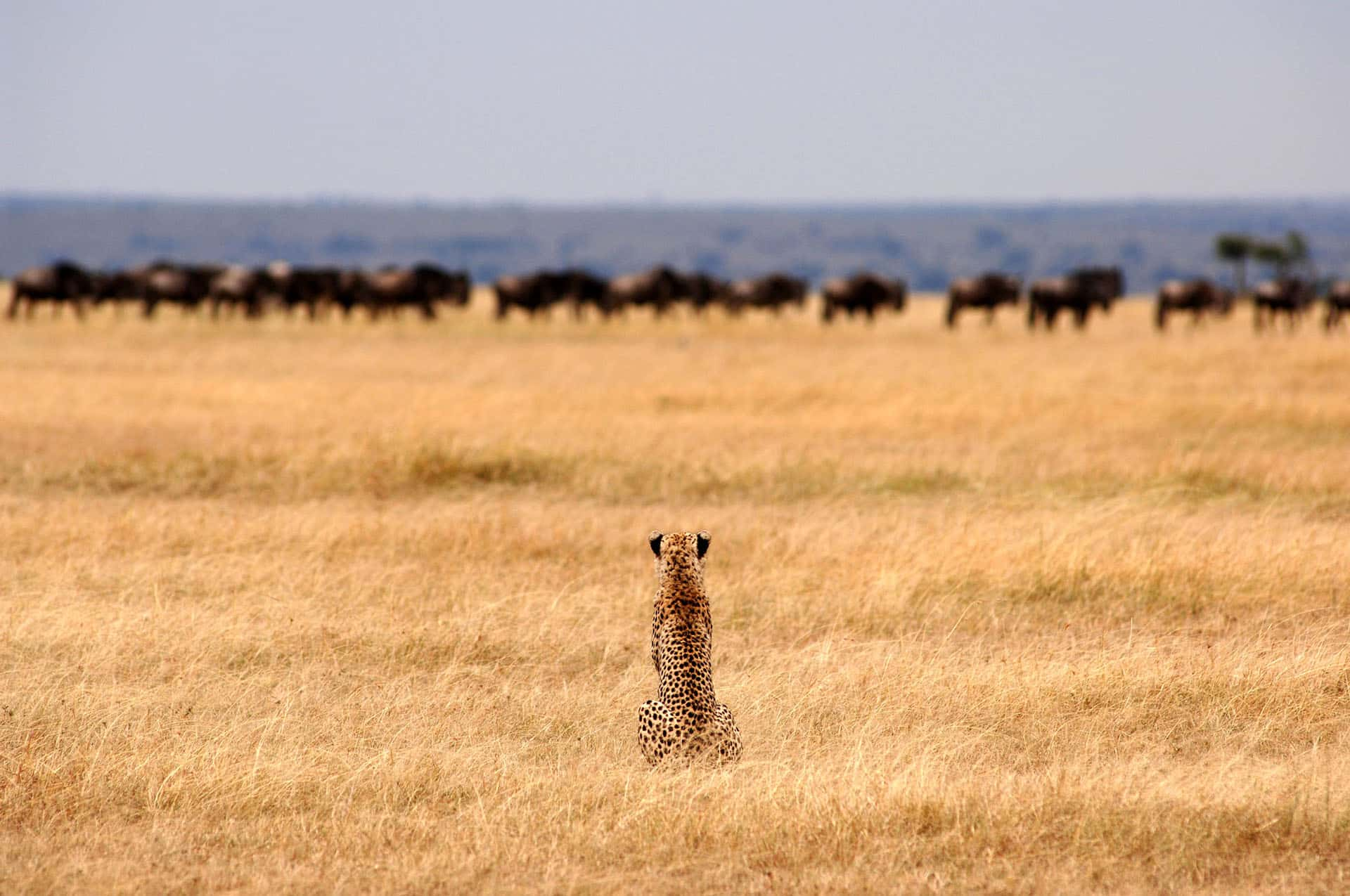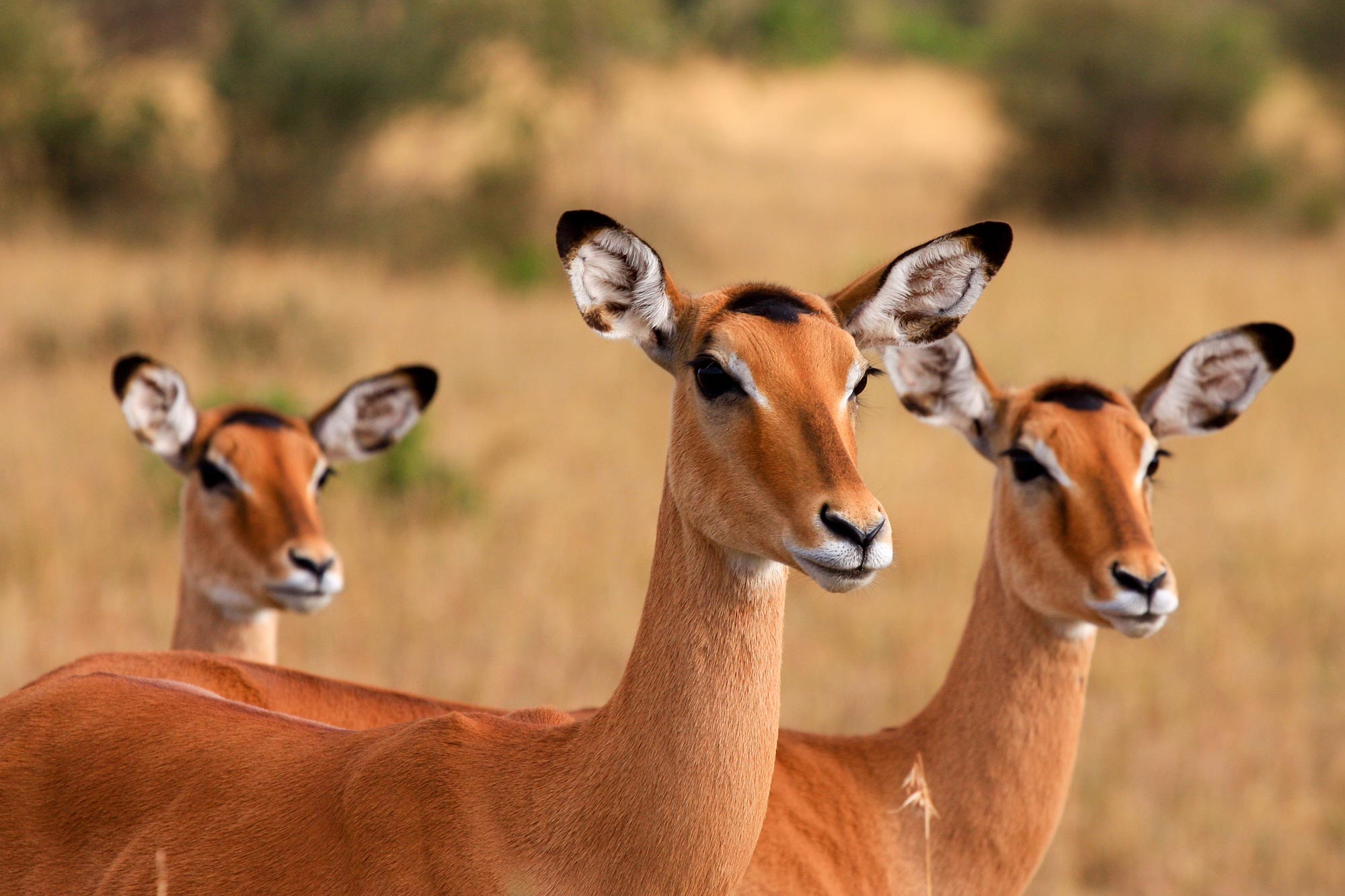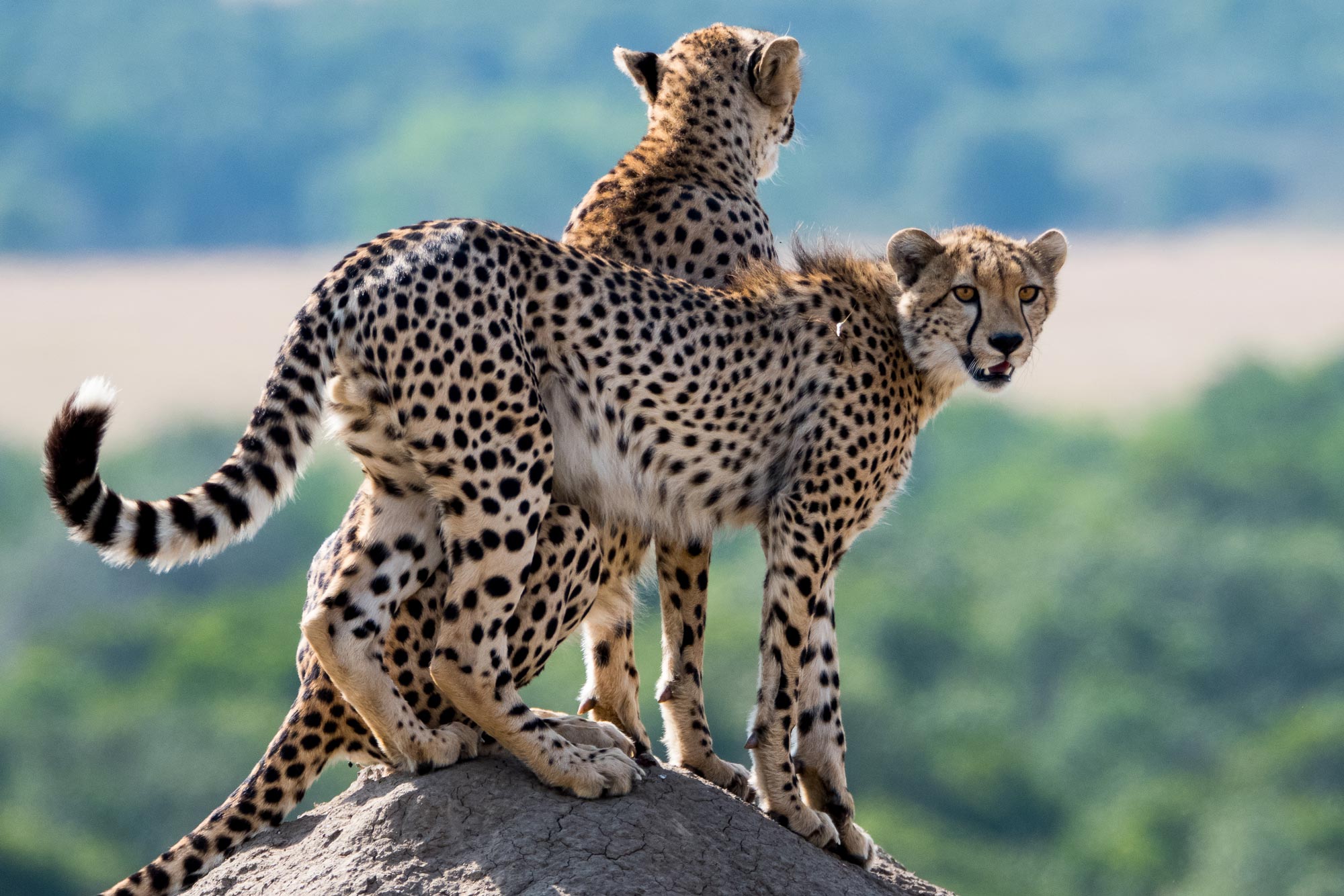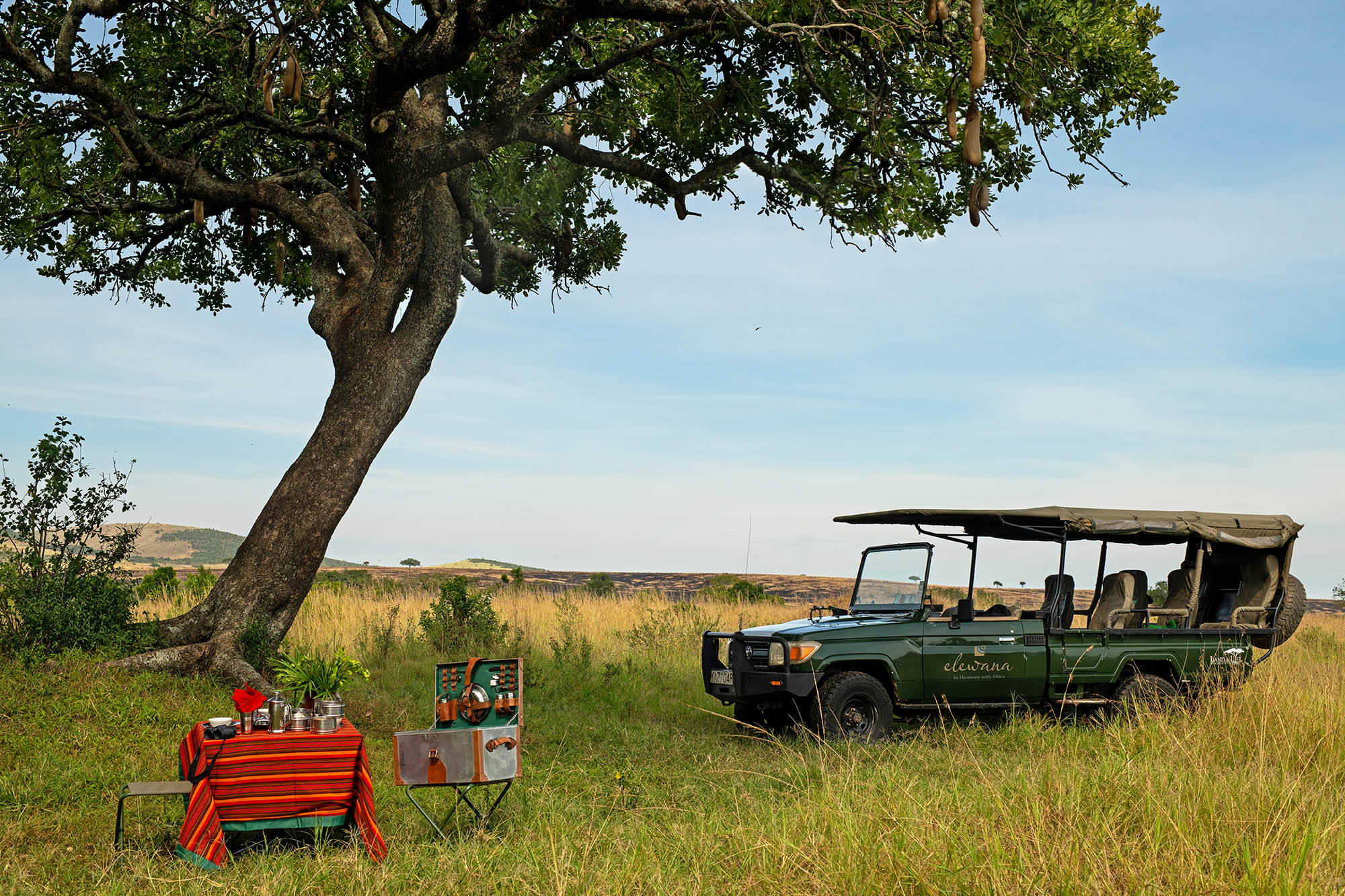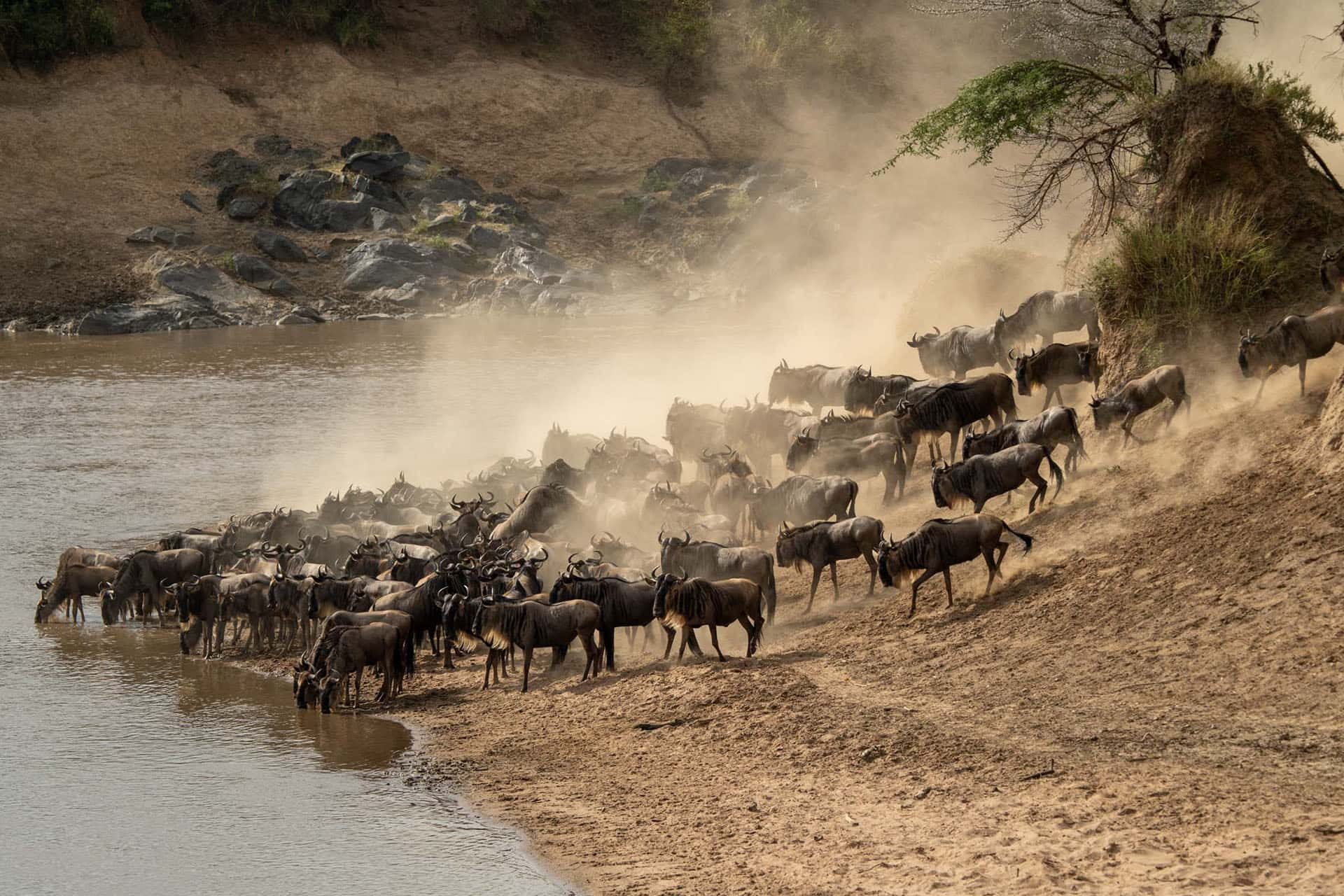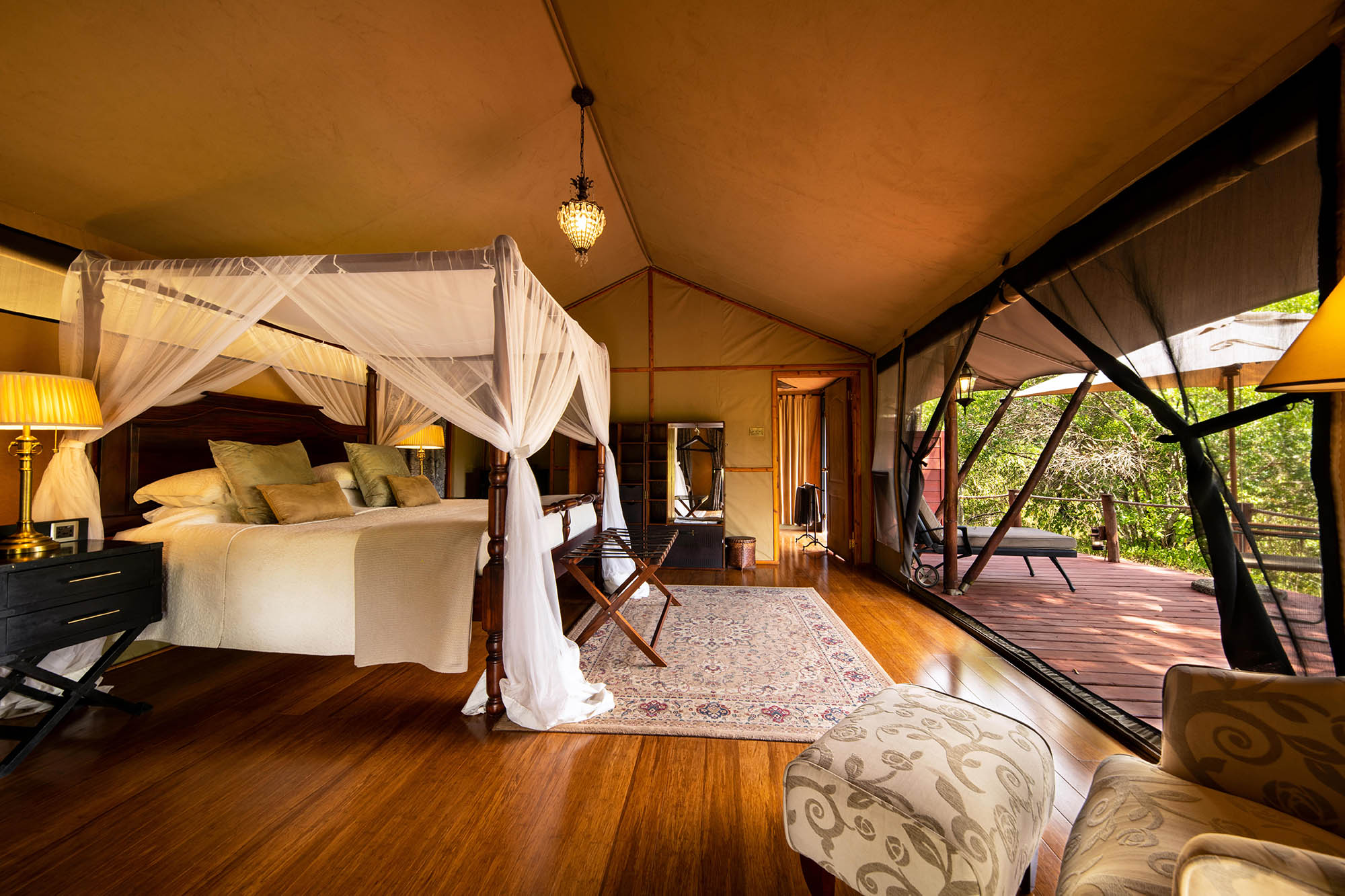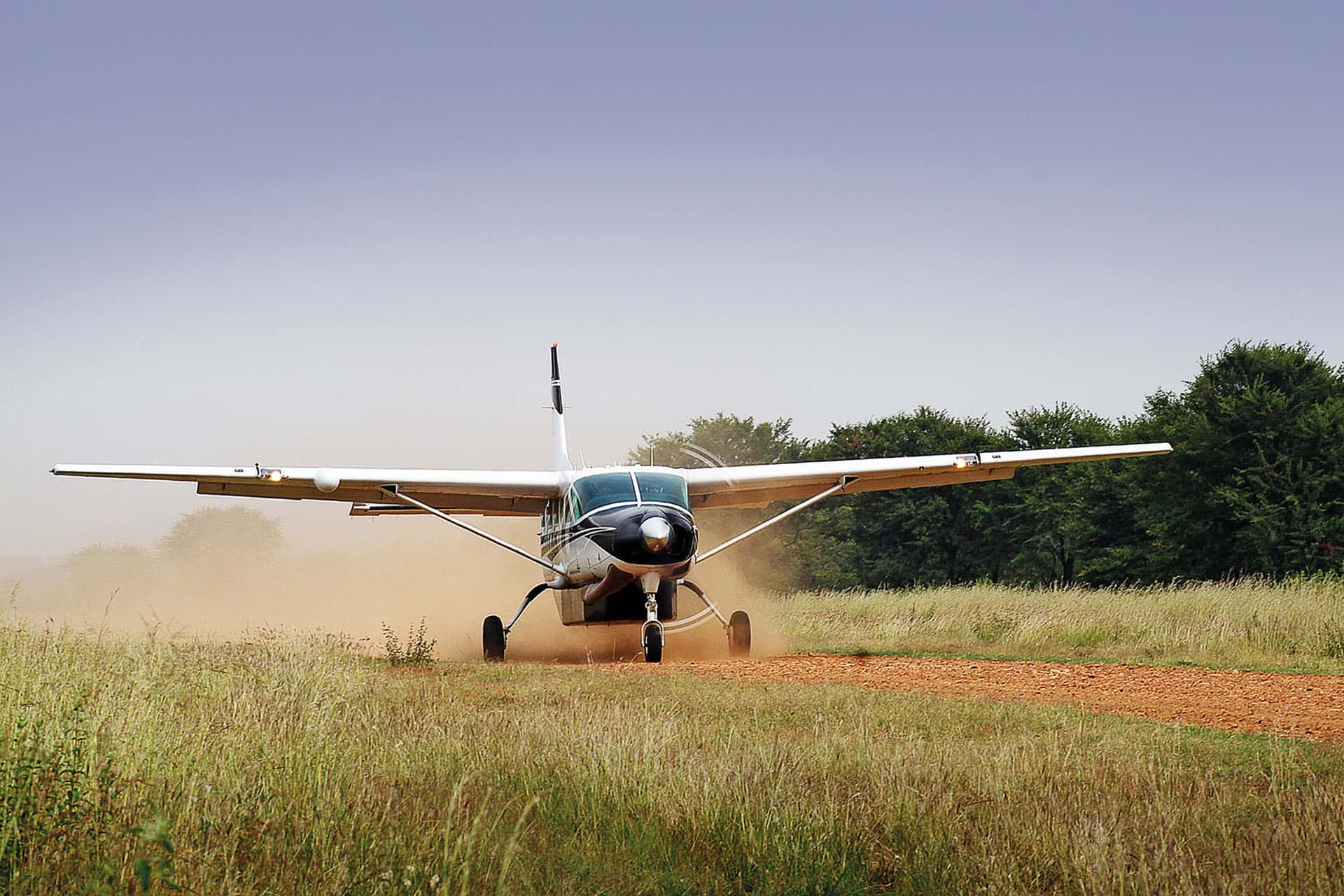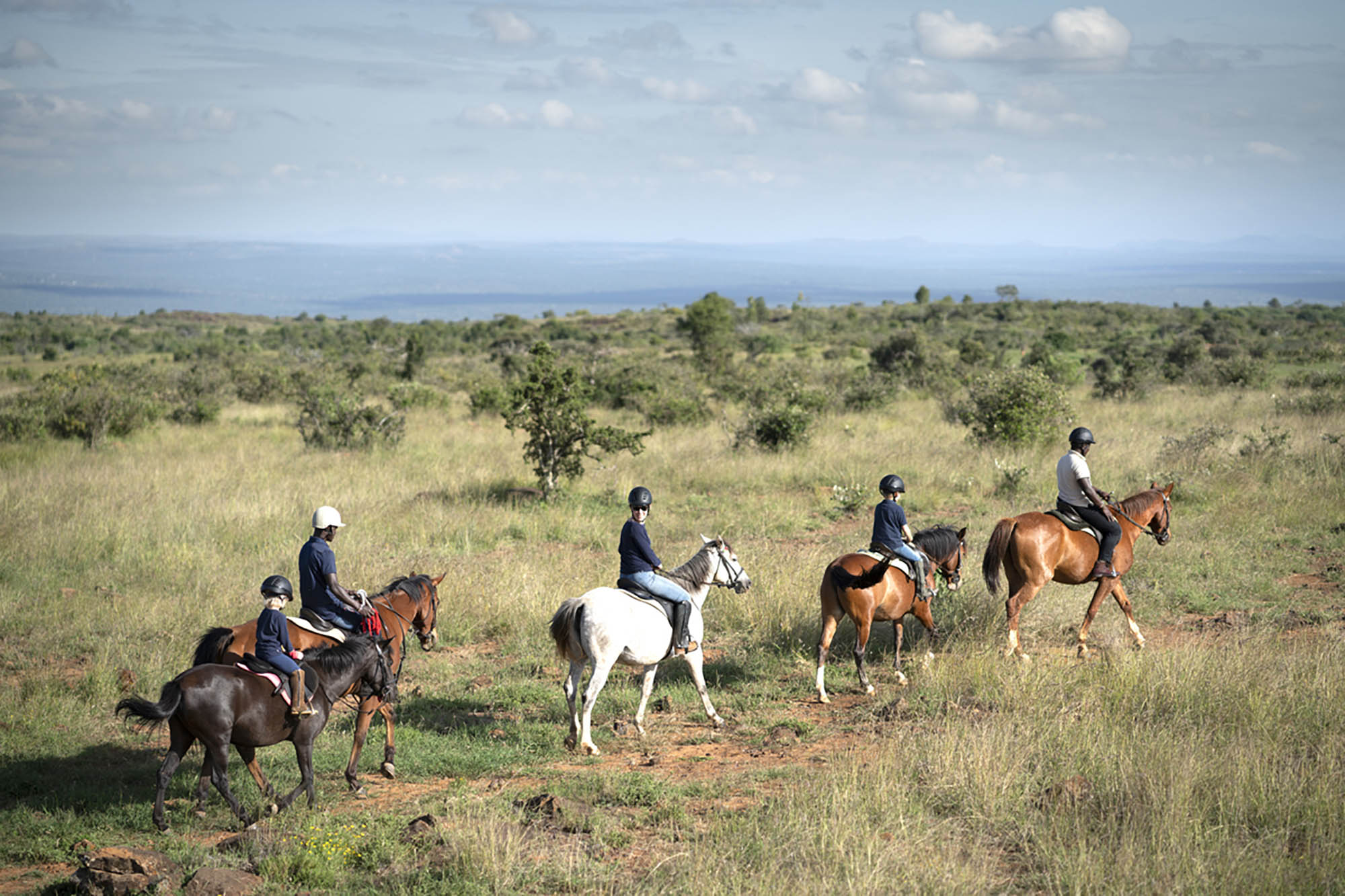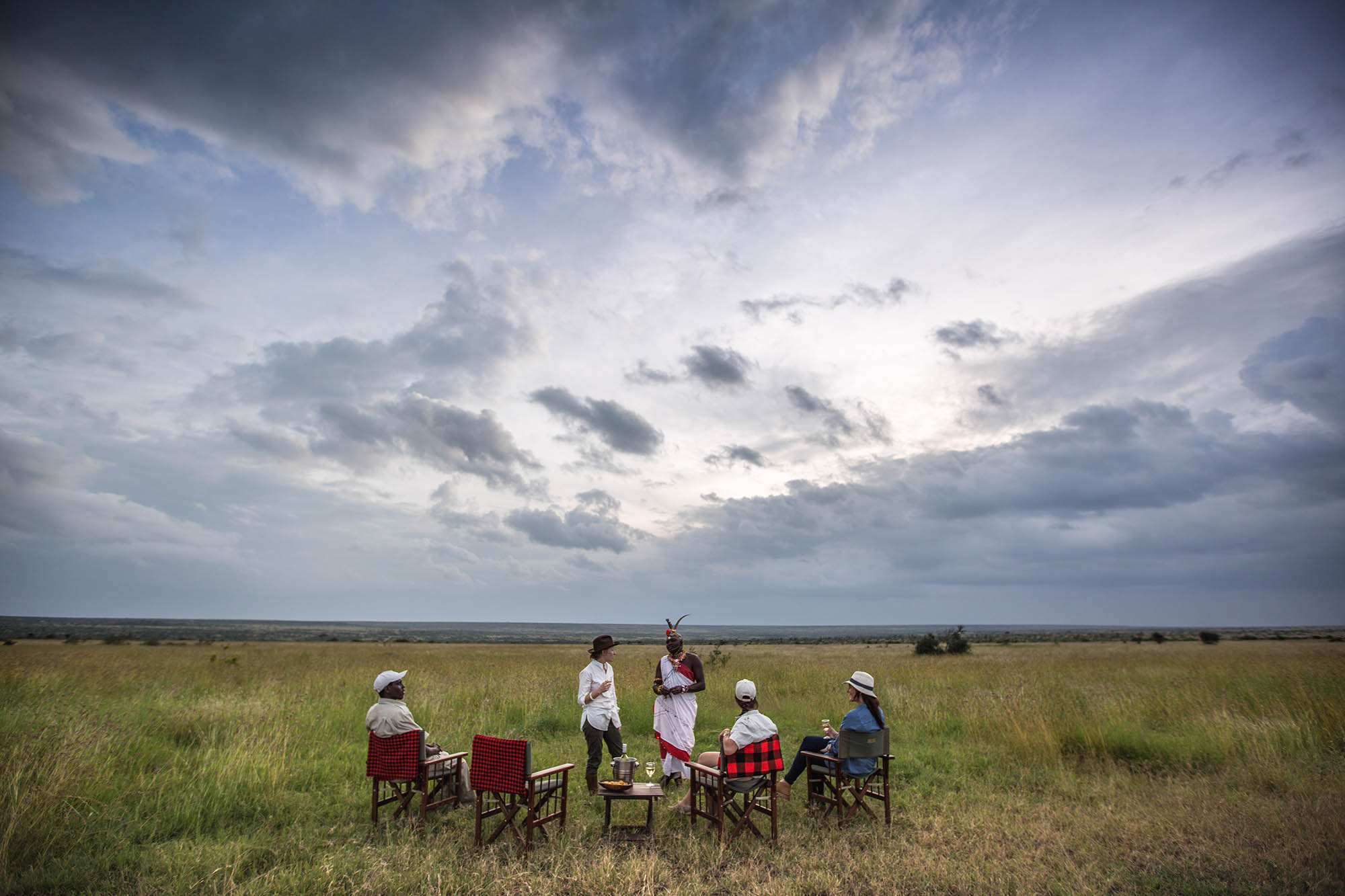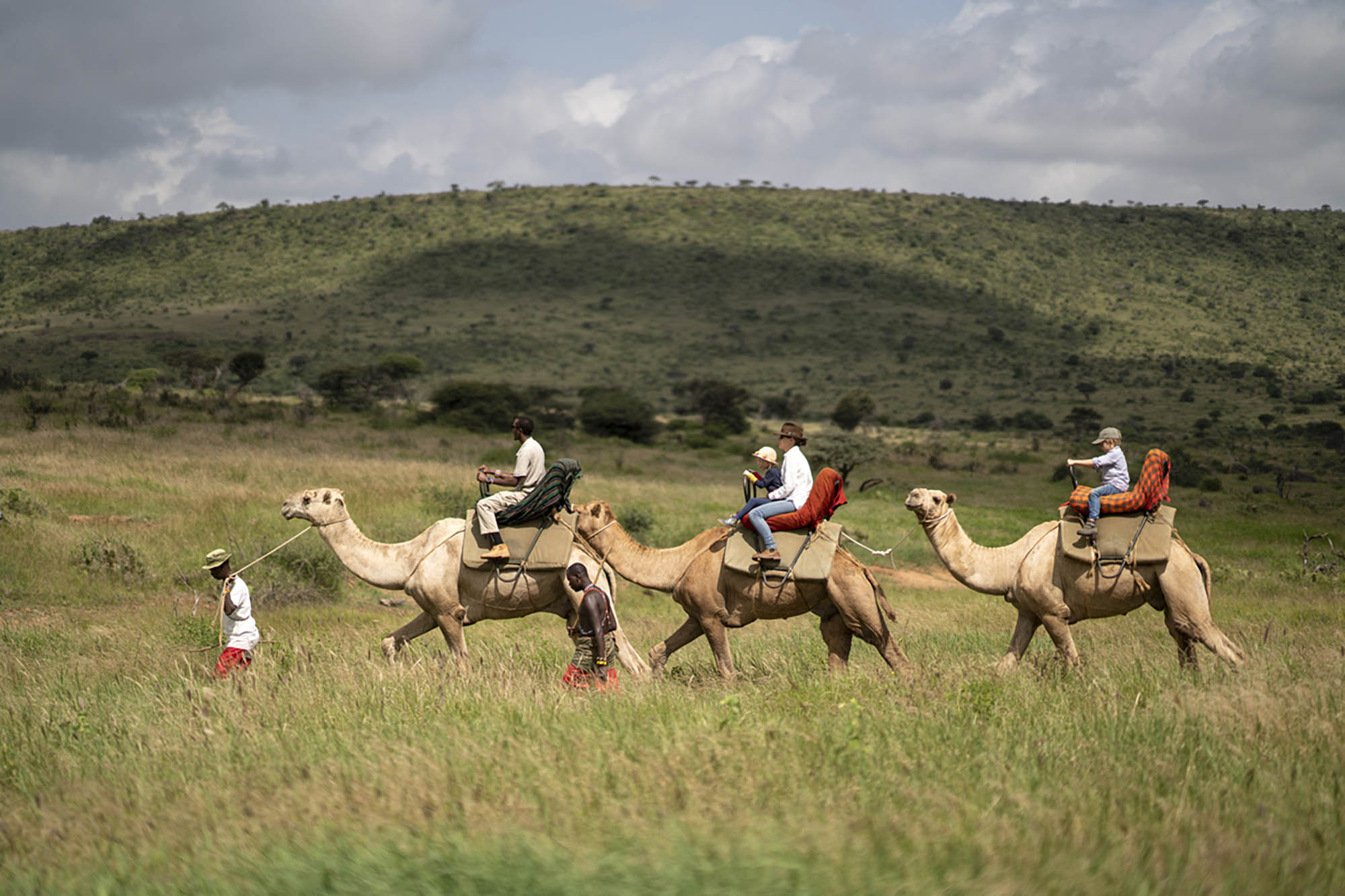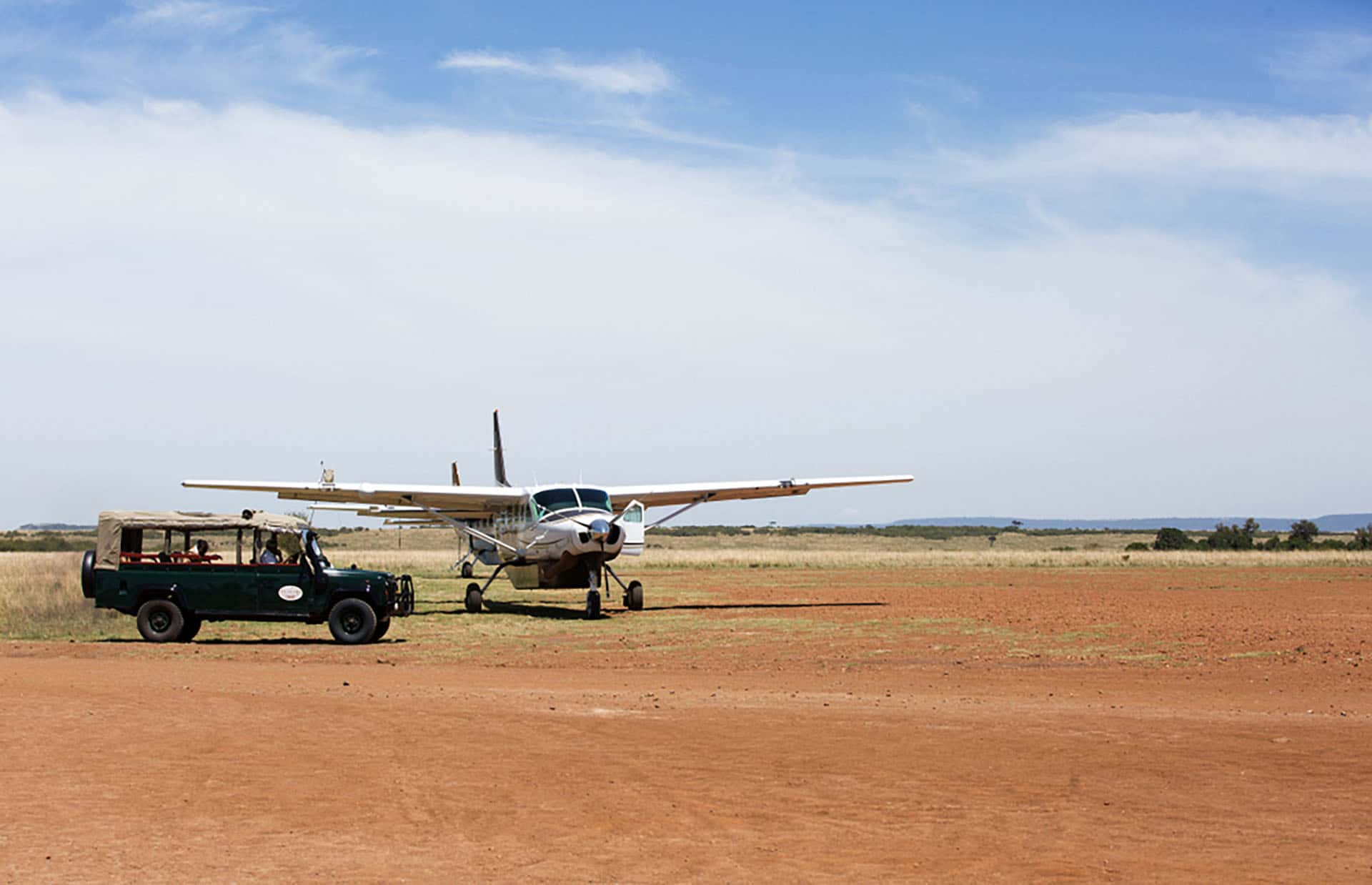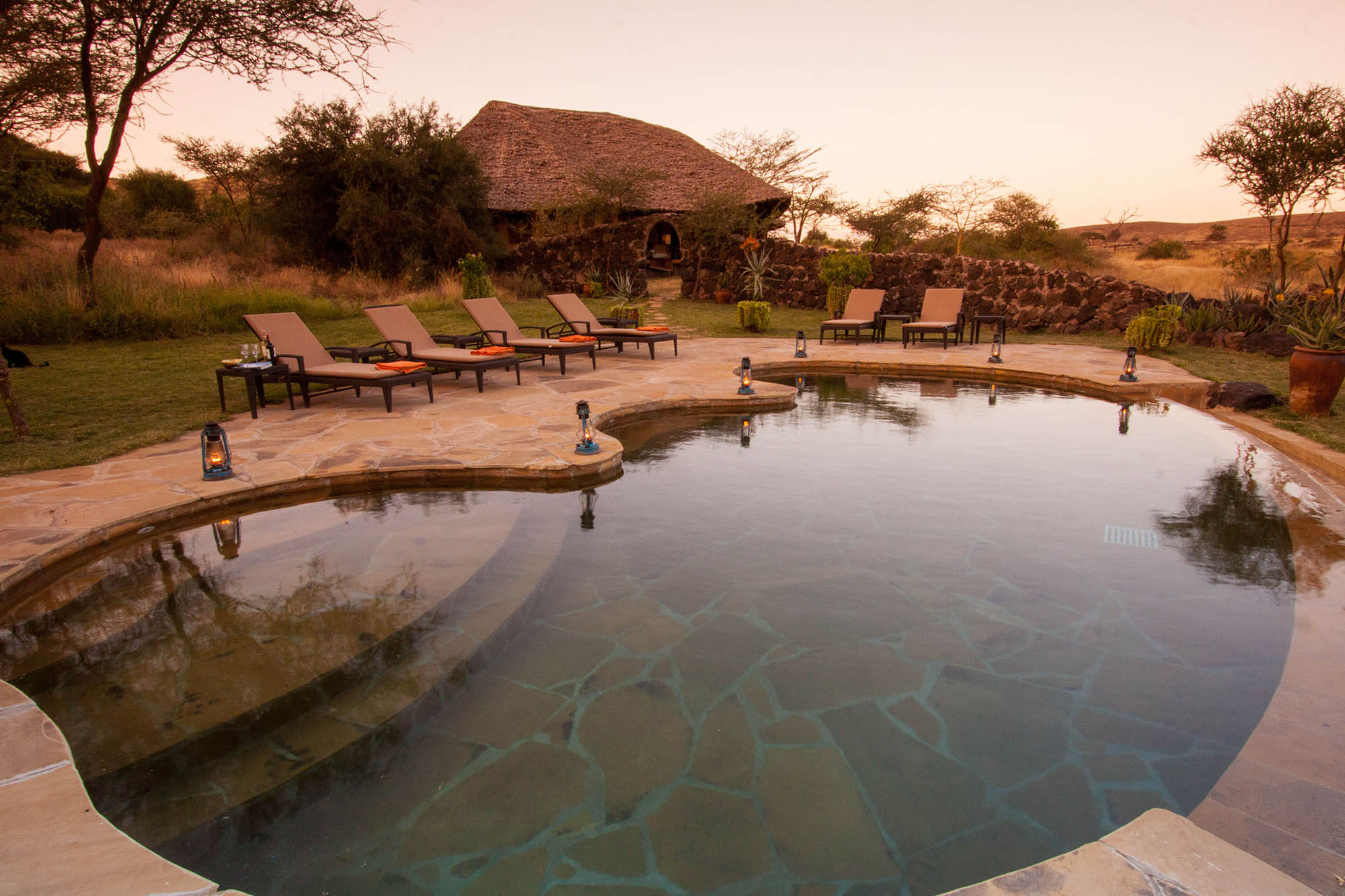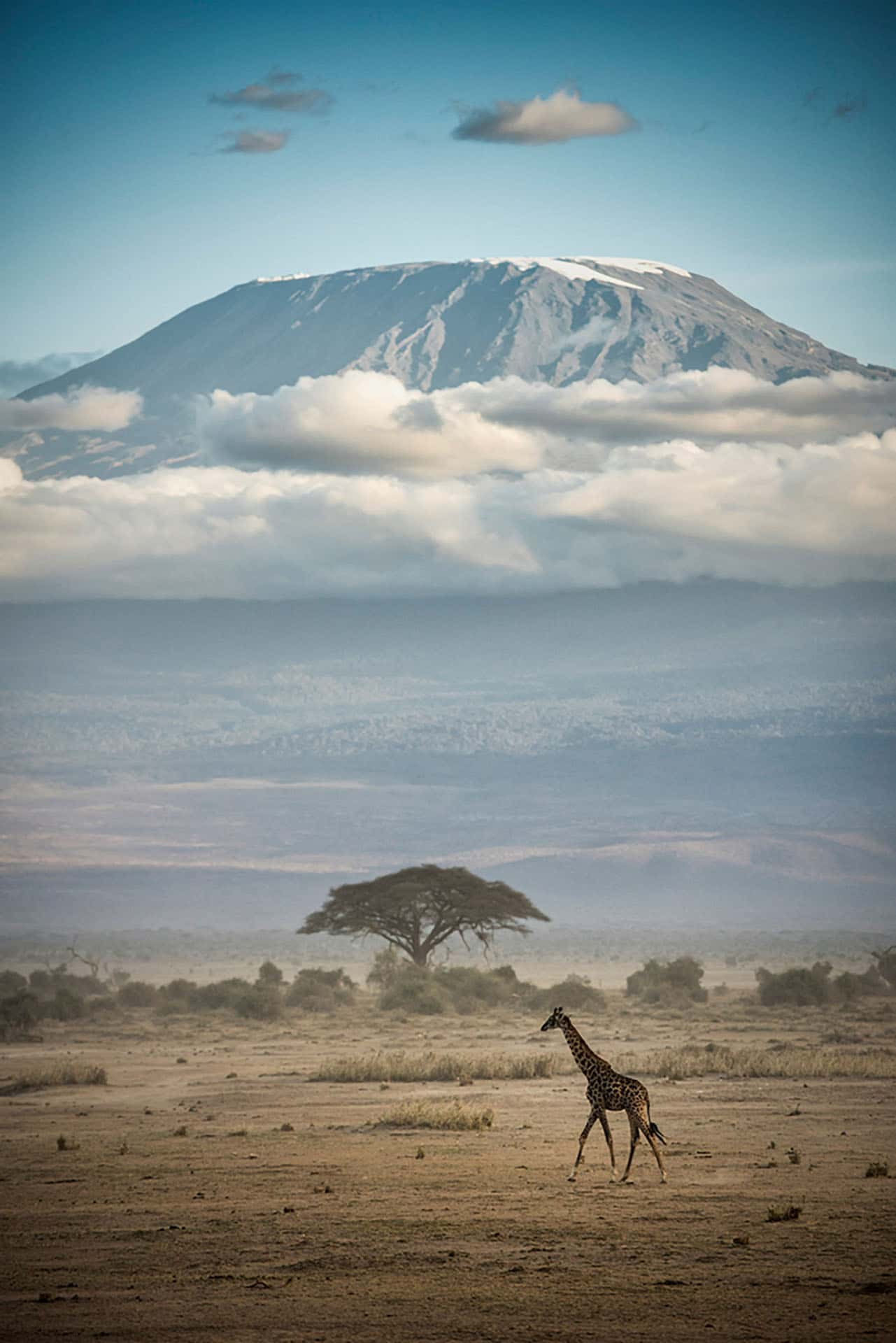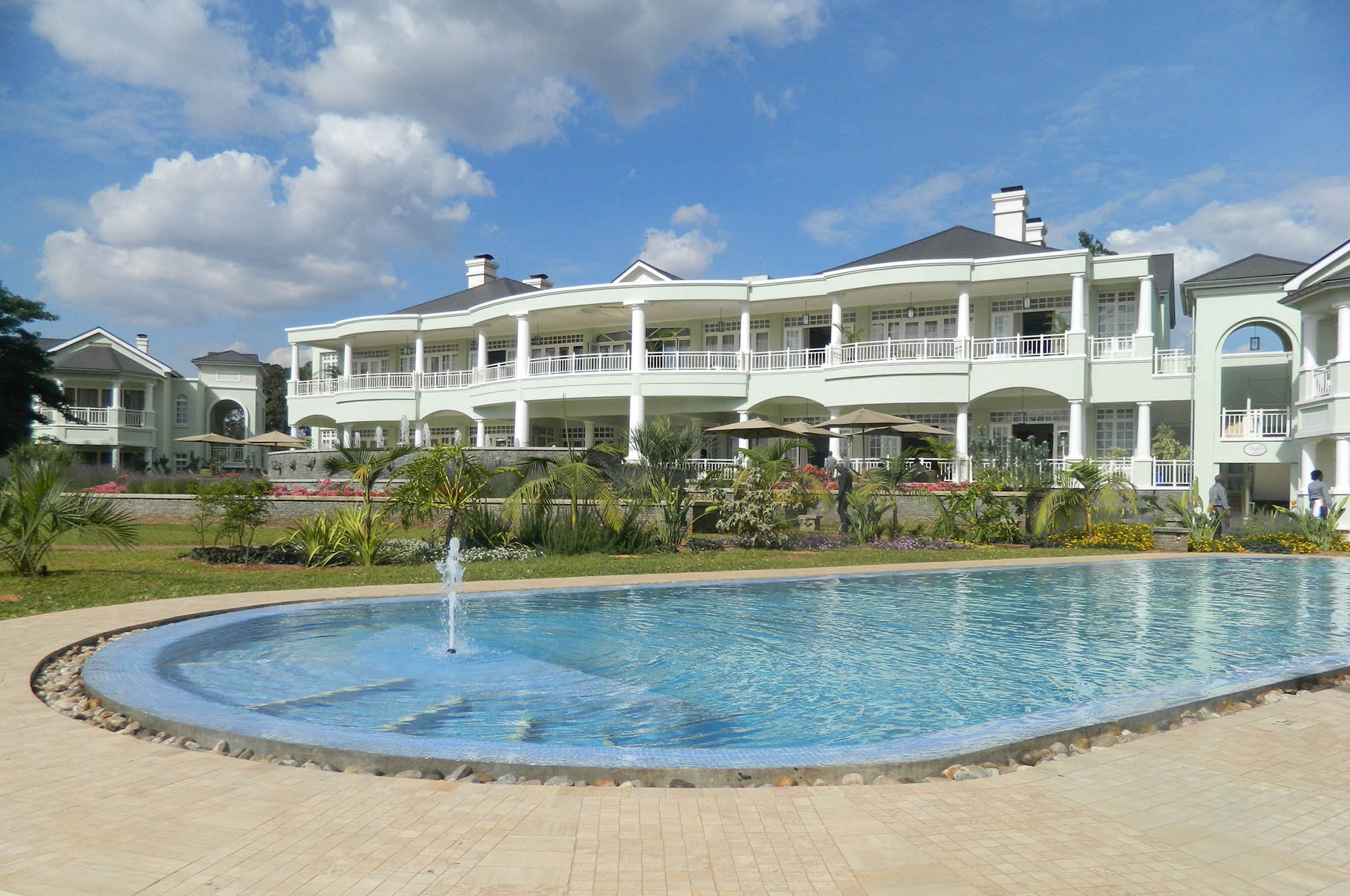Description
Amboseli lies immediately north-west of Mount Kilimanjaro, on the border with Tanzania. The Park covers 392 square km, and forms part of the much larger 3,000 square km Amboseli ecosystem. Amboseli lies immediately north-west of Mount Kilimanjaro, on the border with Tanzania. The Park covers 392 square km, and forms part of the much larger 3,000 square km Amboseli ecosystem. Large concentrations of wildlife occur here in the dry season, making Amboseli a popular tourist destination. It is surrounded by six communally owned group ranches. Amboseli is famous for its big game and its great scenic beauty; the landscape is dominated by the towering Mount Kilimanjaro.
The National Park embodies five main wildlife habitats (open plains, acacia woodland, rocky thorn bush country, swamps and marshland) and covers part of a Pleistocene lake basin, now dry. Within this basin is a temporary lake, Lake Amboseli, that floods during years of heavy rainfall.
Major Attractions: Mount Kilimanjaro; Observation Hill which allows an overall view of the whole park especially the swamps and elephants; Swamp below observation hill hosts many elephants, buffaloes, hippos and a variety of water fowl like pelican; Egyptian goose; contemporary Maasai culture and indigenous lifestyle; herds of elephants.
Loisaba is a 57,000 acre wildlife conservancy and working ranch located in Northern Laikipia, Kenya, East Africa. The two permanent rivers and abundant permanent springs make Loisaba attractive to wildlife throughout the year.
The previous owners the Ancilotto family, who bought the land in the early 1970’s, managed it as a low impact cattle ranch and tourist destination with a vision to keeping this wilderness intact for wildlife and future generations.
The Loisaba Community Trust, together with it’s partners, continues to ensure Loisaba remains a catalyst for community development, a hub for wildlife research, and a world-class ecotourism destination offering unique opportunities for guests to become part of the Loisaba story both during their visit and for years to come.
Loisaba is also part of a larger story that extends well beyond its borders. It sits on the western edge of one of Kenya’s most important elephant movement corridors. Keeping this land, and a 15 million acre landscape of nearby community lands intact and functioning for wildlife, livestock, and northern Kenya’s pastoralist people is being achieved largely through creating community conservancies boarding Loisaba.
Maasai Mara National Reserve is an area of preserved savannah wilderness in southwestern Kenya, along the Tanzanian border. Its animals include lions, cheetahs, elephants, zebras and hippos. Wildebeest traverse its plains during their annual migration. The landscape has grassy plains and rolling hills, and is crossed by the Mara and Talek rivers. The area nearby is dotted with villages (enkangs) of Maasai people.

